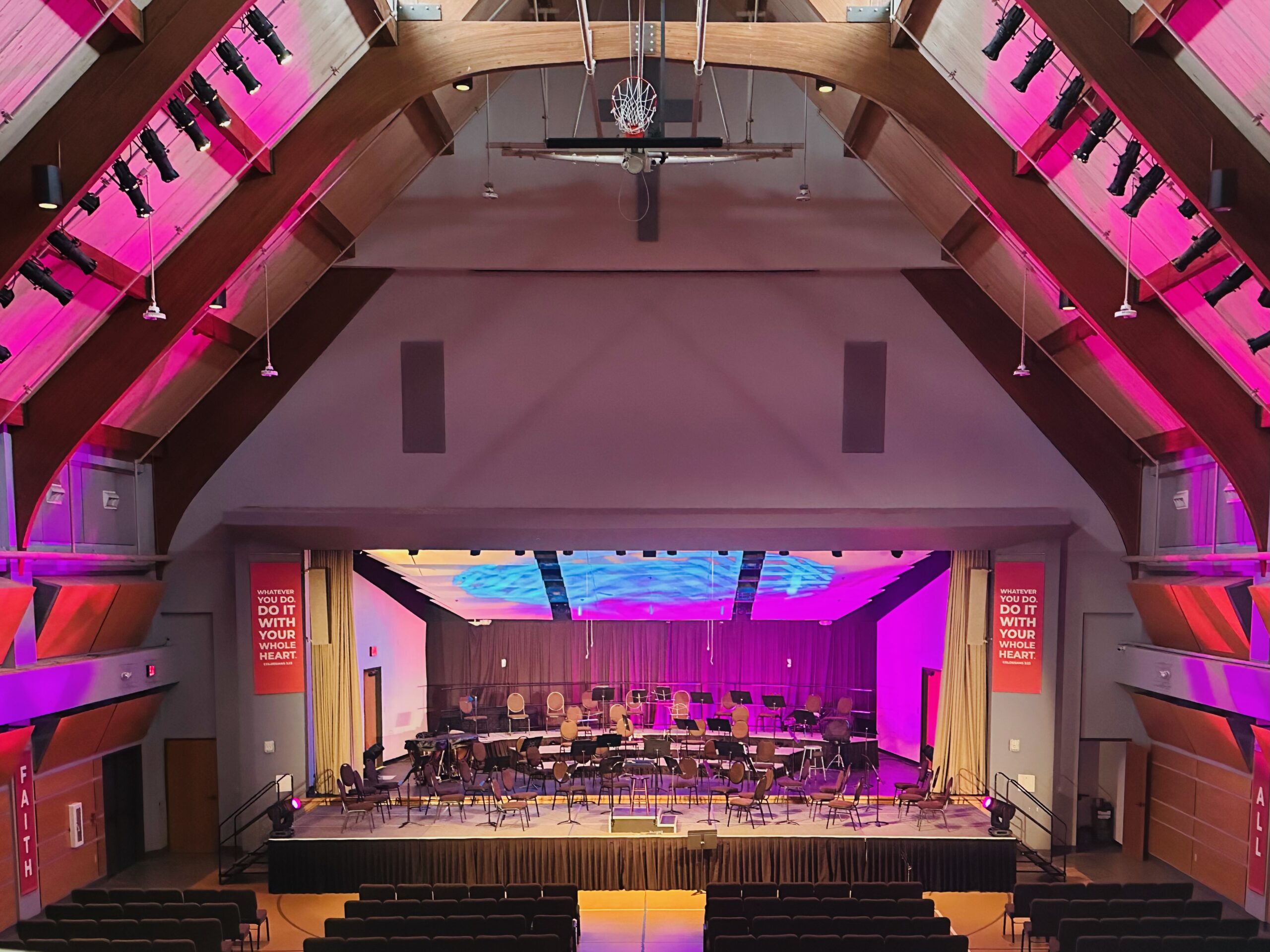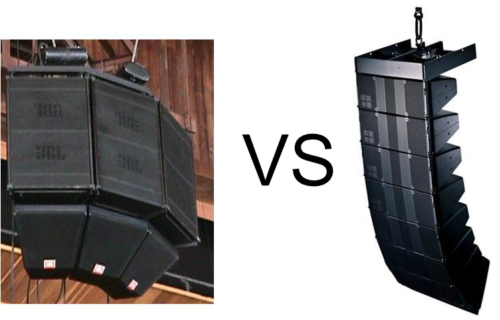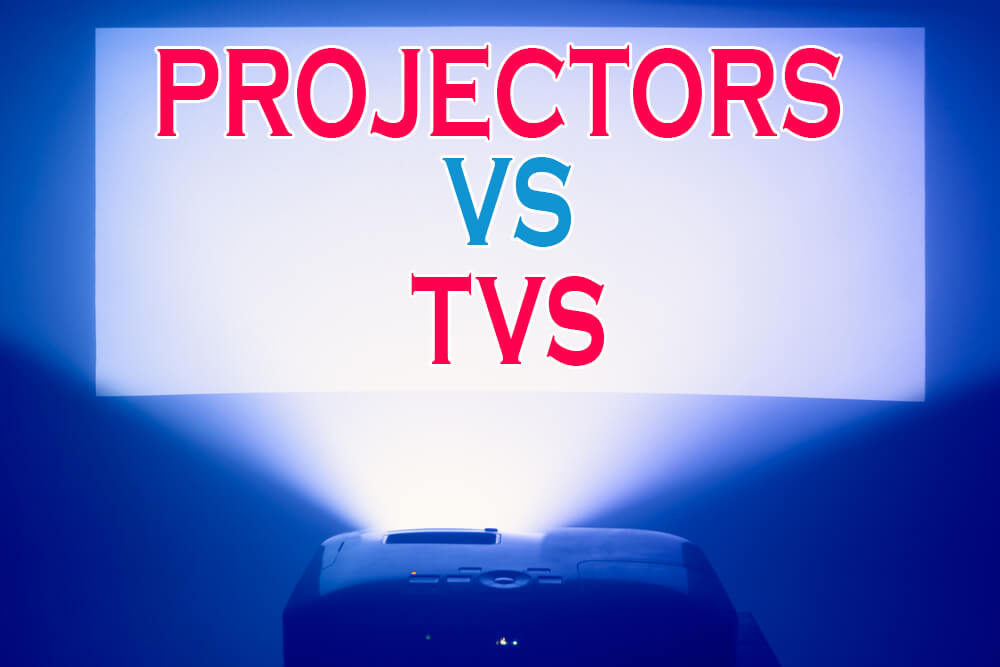
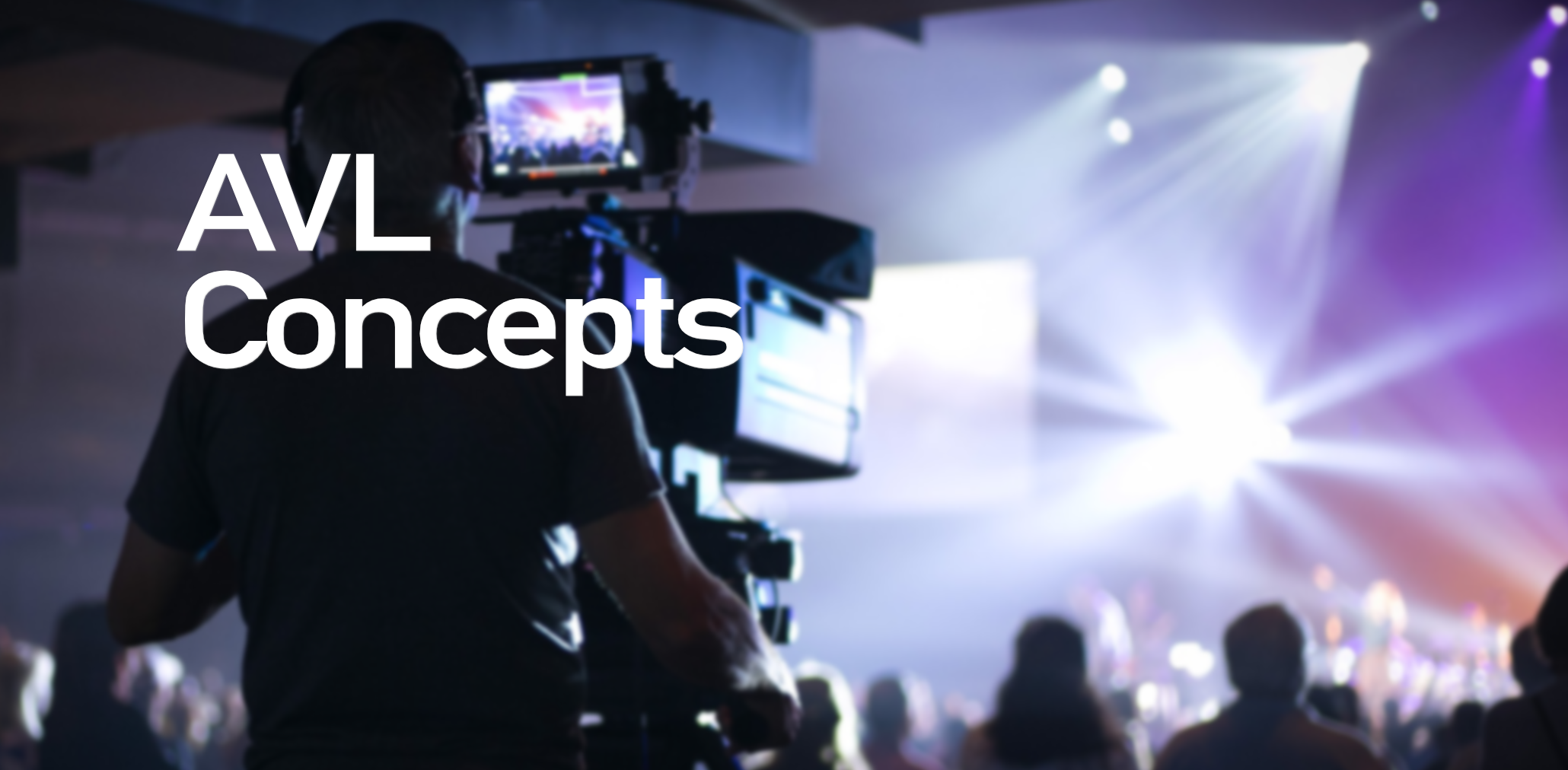
TV vs Projector? Projector vs TV? This the question many who are looking to install or upgrade old technology ask all the time. The answer isn’t so easy because many factors play a part in the decision-making.
Let’s jump into it!
Size and Price:
- TVs can be very affordable, but the large ones cost considerably more after 65-inches.
- A projector can change it’s image size to fit the space unlike a TV
- A small projector can create a large image, but not the same with a small TV
Most of us understand that if I got to the store to buy a 55-inch TV that’s the image size I’m going to deal with until I buy a new TV. What is not so apparent is understanding how that size will feel in the room when you purchase it. Making a TV purchase automatically locks you in to the size that you purchase.
The other factor is that it makes sense to understand that the larger the TV the greater the price. That’s a given. However, once you reach 65-inch TVs, you start to see a large jump in price. This price jump can be as much as five times the cost of the 65-inch TVs and lower size. Trying to reach the 85-inch to 100-inch tv size to fill large areas is an incredible investment for most people.
Projectors can create a range of image sizes that still show a good image at the different sizes. This allows you to place the projector and the image almost anywhere that you want. In a lot of cases, you can project an image on a bare wall and still have a quality image. Consider the fact that a projector can be mobile; allowing you to take it with you anywhere and still create a large image. Wherein, moving a large TV around can be quite a hassle.
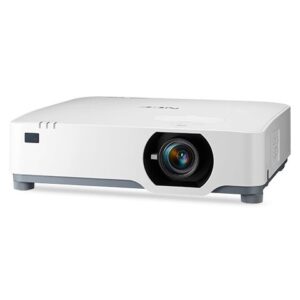
Projection vs TV setup:
When you consider where most TV or projector images are needing to be shown, projectors seem to have the advantage. Now, the right 75-inch TV hung on a wall at eye level is cool and appropriate in a lot of cases. The image may look stunning and you may have a few connectivity options if it’s a smart TV.
What needs to be considered is that running cables in walls, getting electricity to the appropriate area, TV wall mounts, and the size of the TV may increase the cost of just going to grab a TV to display images. Most people decide on TV without considering that a professional installer may need to use scaffolding to get to the spot along with additional labor to lift the TV. They’ll need an electrician to install power for the TV, and getting from the source to the TV may be more cumbersome than expected.
This is not to say that projection doesn’t have it’s on set of setup issues. However, most projectors can be hung in a lot of spaces with just a ladder and one person. Usually you hang a projector from a ceiling which means passing cable through the ceiling is easier than running through multiple wall passages. Also, if a projector has to be installed further away, you can buy the appropriate projector/lens combo that would allow you to project that image from a far distance.
You can, also, rear project an image with a projector as well as front project. So, the options with how you get an image to be seen with projection becomes greater.

Other Considerations:
As we’ve only skimmed the surface of projection and TV technology, you’ll also want to consider maintenance and durability.
If you buy bulb projectors then eventually, you’ll have to change the bulb. This means pulling out the ladder, or even worst, renting a scissor lift to do the job. While you’re up there you’ll want to look at the filter and make sure it’s clean, as well.
Modern TVs, in general, don’t lose brightness over the years. They keep their consistent look of brightness and color year in and year out. But this is where laser projectors, also, shine.
Laser projectors use a technology that allows for the projector to keep its brightness and color consistency throughout the life of the projector. These projectors go for upwards of 20-30,000 hours of operation. That’s a long time. Laser projectors are virtually maintenance-free.
And when it comes to durability, both a TV and a projector have their kryptonite. TVs, however, need a little bit more love and care than projectors.
If a TV is, accidentally, mishandled you could crack the screen. If an object, hard or seemingly soft, hits a TV you could be looking at complete damage.
Projectors have the same vulnerability, but with more durability. You would have to almost intentionally hit the lens to crack it. Flying objects could hit the case of a projector, and more than likely the projector would be fine. This holds more true for laser projectors than bulb ones.
Final Thoughts:
At the end of the day, one has to look at the size of the space that they’re in to determine which technology makes the most sense to use. A 75-inch TV in a large auditorium will seem like an iPad across the room for the individual in the back versus having a high lumen projector with a large projection screen that would allow every to see comfortably. Understanding what the cost and complexity of installing either items should be first in thought in planning for the purchase.
When it comes to providing a viewing experience for the end-user, the value you receive from either technology should be considered above all. You don’t want to invest in the wrong product, solely, based on money, and find yourself still having to go back and re-purchase something else. You may get your money back on the product as a return, but your labor cost would just keep rising.
Both projectors and TVs have their place. It may be a combination of both that even makes the most sense. Proper planning and situational analysis will keep most from making a bad purchase, and help you turn your space into a functional, practical, and enjoyable experience.

